How Do You Describe Flow and Timing of Reading Lesson

WHAT IS SEQUENCING? A DEFINITION.
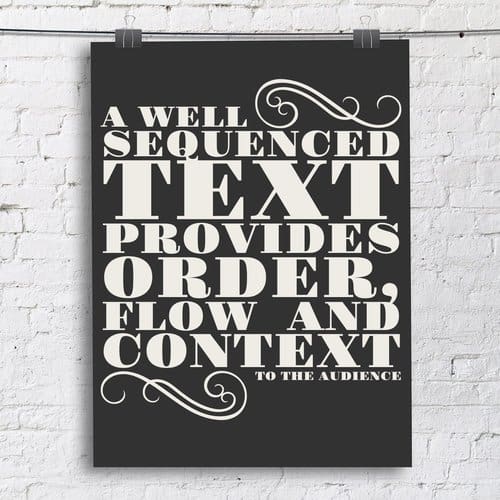
Sequencing is an essential reading skill that students must develop if they are to fully empathize all reading material. Luckily, sequencing comes naturally to most children every bit the concept of chronological society is reinforced from very early through the practise of the routines of daily life.
From the very offset days of kindergarten, children are taught the importance of doing things in lodge. Each daily job contains its own inherent sequence. From tying their shoelaces to getting ready for school, children choice up an understanding of the importance of performing tasks step-by-step.
The importance of a divers beginning, middle, and finish is further emphasized from the start fairy tales students come across through to the afterwards classics of English literature. While it is clear our students have a sense of what sequence is correct from the first, understanding how a sequence comes together, and developing the necessary skills to identify its component parts, is another thing and it is this that will serve as the focus of this article.
WHY TEACH SEQUENCING?
Given its importance in our daily lives, it is no surprise that at that place are a myriad of reasons to teach sequencing skills to our students. Stiff sequencing skills assistance students:
● With their reading comprehension of a text, specially narrative texts.
● Understand the structure of a text and how information technology is put together.
● Understand how texts are kept cohesive through the use of linking devices such as connectives and transitions.
● Organize information and ideas in their own writing.
● Develop problem-solving skills that are important in other curriculum areas too.
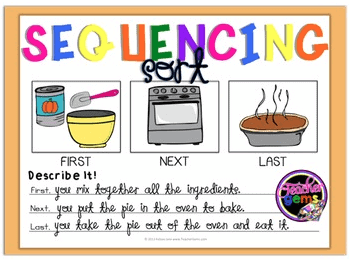
For our students, being able to identify the sequence of events in a piece of writing is essential for them to gain a clear understanding of what they are reading. An important reading comprehension strategy, sequencing allows students to make sense of how events unfold in their reading. In turn, these reading skills will assist students in their ain writing. It will help them to construct a cohesive and logical menstruum to their writing that readers can follow easily.
In that location is a multitude of applications for good sequencing skills outside of the English classroom too. They are needed to effectively perform the steps of a science experiment in the correct order, for writing a ready of instructions, for making sense of a historical series of events, and they are an important aspect of problem-solving in mathematical computation.
A COMPLETE DIGITAL READING Unit FOR STUDENTS
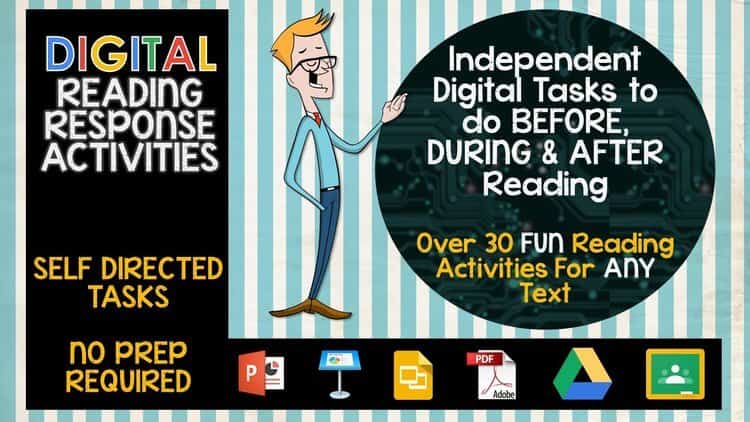
Over 30 engaging activities for students to consummate Before, DURING and Afterward reading ANY Volume
- Uniform with all devices and digital platforms including GOOGLE CLASSROOM.
- Fun, Engaging, Open-Concluded INDEPENDENT tasks.
HOW TO Place SEQUENCE WHEN READING OR VIEWING A TEXT.
- In its simplest terms, identifying sequence in a text involves identifying the beginning, the eye, and the finish.
- One of the easiest ways to recognize the order of events is to look out for the sequencing words or transitions that are used to connect the various parts of the text.
- Some of these words and phrases also act equally signals to provide an indication of whether the event will exist located in the kickoff, in the middle, or toward the finish of the text's chronology.
- At that place are a wide diverseness of 'point words' and the post-obit stand for just a few of the most common, as well as where they are most likely to occur.
SEQUENCING Indicate WORDS
Showtime
● Once upon a fourth dimension / Once there was
● In the commencement
● First of all
Center
● Meanwhile
● After that
● Suddenly
End
● In the finish
● Finally
● After all
For more complex narratives and technical nonfiction genres that comprise more moving parts, other techniques need to be employed.
Use graphic organizers for sequencing
Graphic organizers are a great way to help students arrange their thoughts more than efficiently in a range of areas – and sequencing is no exception. There are a number of different graphic organizers that lend themselves well to displaying sequences of events. Let'south accept a expect at two of the most suitable:
i. Timelines
The timeline is the virtually usually used grade of graphic organizer used for displaying events in chronological order. They tin can come up in a wide diversity of forms, including vertical, horizontal, and illustrated. Students can become creative with timelines in a number of means. For case, they can create parallel timelines whereby the chief graphic symbol's timeline runs aslope a timeline depicting concurrent historical events. Or, they could create a map timeline which places the timeline onto a map depicting distance, place, and dates of events. Timelines are great for sequencing the events in fiction and nonfiction genres akin.
two. The Story Sequence Chart
This graphic organizer visually represents a set up of stair steps. Students should write the events of the story on each step of the stairs in the gild they occur, starting with the commencement issue on the first stride and with each event that follows written on the adjacent step above. This is also a useful fashion for students to stand for nonlinear narratives, such as in medias res. This organizer is a helpful ways to unravel more than complex chronologies. The finished nautical chart helps the student to see each of the events in the story in the guild that they occurred.
101 DIGITAL & Impress GRAPHIC ORGANIZERS FOR ALL CURRICULUM AREAS
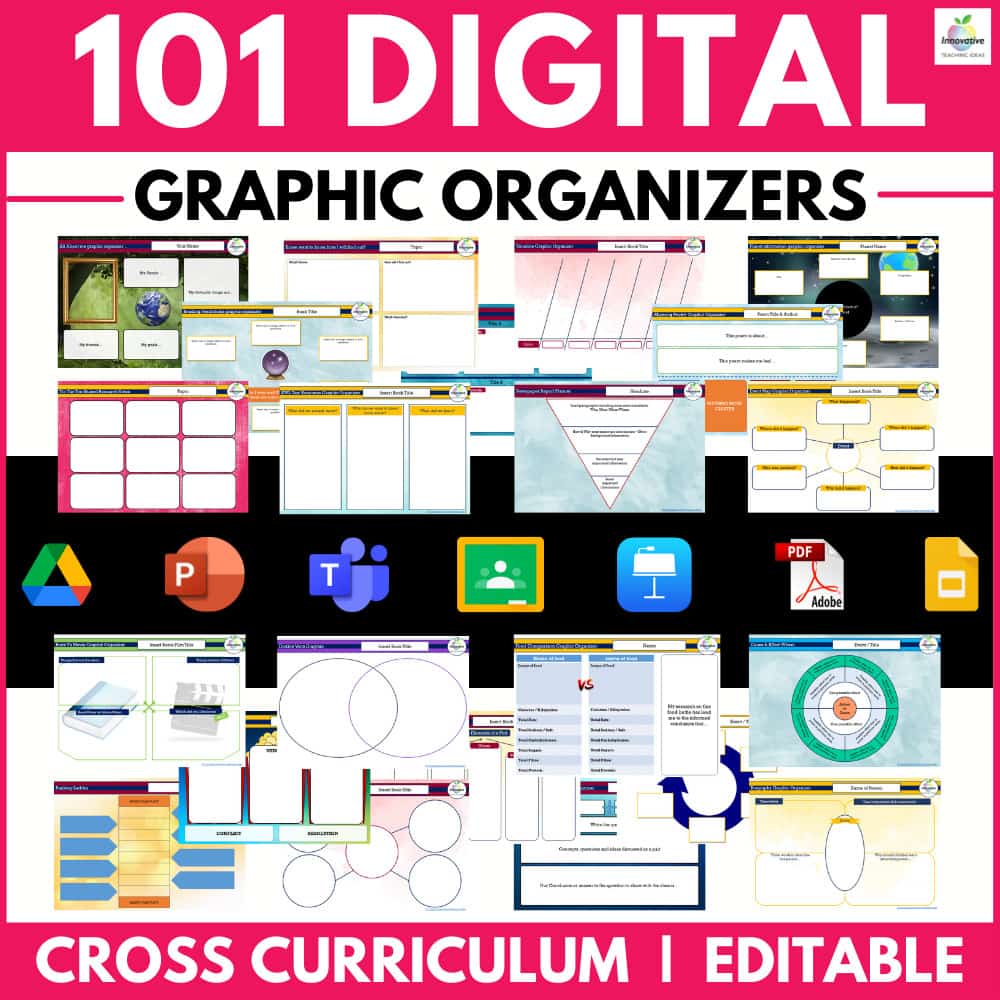
Innovate your students to 21st century learning with this GROWING Parcel OF 101 EDITABLE & PRINTABLE GRAPHIC ORGANIZERS. ✌NO PREP REQUIRED!!!✌ Go paperless, and let your students express their knowledge and inventiveness through the power of technology and collaboration inside and outside the classroom with ease.
Whilst you don't have to have a ane:1 or BYOD classroom to do good from this bundle, it has been purpose-built to deliver through platforms such equally ✔ GOOGLE CLASSROOM, ✔ Part 365, ✔ or whatsoever Deject-BASED LEARNING PLATFORM.
SEQUENCING GAMES AND ACTIVITIES FOR STUDENTS.
There are a range of means to encourage student awareness of the importance of sequencing for the comprehensive agreement of a text. Using the graphic organisers mentioned above is one such way of helping students to place the chief events of a text.
Here are a few more activities to assist students get to grips with a sequence in their reading.
Guild Out of Chaos
In this activity, divide the class up into smaller groups of three or four. Give each a copy of a short story (for differentiation purposes, you could assign groups based on ability here and give each a story co-ordinate to their level). The brusque stories should be cut up into paragraphs (or individual sentences). In their groups, students reassemble the story co-ordinate to how they call up the chronology should be. If all groups use the aforementioned story, the course can then compare their choices at the end. If each grouping has a different story, they can read their story to the other groups at the end and explain the reasons for their decisions.

Telling It Like It Was
The preparation for this activity works well as a homework as it gives students time to rehearse. Notwithstanding, information technology also works well after any reading activity to assess a student'due south understanding of the sequence of events and their overall comprehension of what they have read.
Have students retell the events of the story, article, poem etc in their ain words. If the text was nonlinear in its chronological structure, have them relay what they read, merely this time in a linear form. Obviously, you may demand to allow them some preparation time in such instances. I find telling students they will take to retell a story earlier they read it is a powerful tool to become them focused on that reading – fear is a peerless motivator!
You can likewise further expand on this activity by having students rewrite what they accept been reading. This will challenge them to consider the importance of sequencing, both from a reader's point of view and from that of a writer.
Spot the Sequence
Sometimes it tin can be hard to extract a coherent chronology of events or steps from a convoluted text. Information technology may be, for example, that in a fictional work the narrative perspective shifts between different characters and time periods. A skilful solution to this is to employ the timeline every bit described above. Here, students can often match events to dates or times and then reassemble them in chronological gild on a timeline.
But, what almost nonfiction then? Or when in that location are no dates available? For instance, when a process is described rather than an event?
In such instances, it is good practice for students to use the following prompts to help identify the underlying sequence.
Encourage your students to ask themselves:
● What happened first, 2nd, tertiary etc?
● What happened before or subsequently a specific event or step?
● What happened in the end?
Encourage students to wait for context clues to aid them extract the sequence from the text if it seems somewhat vague initially. A good understanding of story structure will help them to identify the exposition, ascension action, climax, and resolution and understand how these relate to the sequence. It will further help signpost the chronology, even when the story is told in a nonlinear way.
For nonfiction, in item, the transition words/sequencing words outlined earlier in this commodity volition ofttimes assistance immensely too.
SEQUENCING RECAP
The concepts that underlie sequence are normally not that difficult for students to grasp, every bit they feel an order to events constantly in their everyday life. In the context of reading comprehension skills, they will unremarkably exist specifically concerned with the time society of events, or the steps that are taken in a text. For our students to become potent, active readers they must clearly place the gild that things happen or are done in their reading. For full comprehension of the most complex reading material, lots of practice will exist required.
To that finish, back up your students to ensure they are familiar with as many variations of the sequencing / transitioning words equally possible. Encourage college-level students to familiarise themselves with more sophisticated expressions of common phrases such as In the beginning like Initially or Primarily. The more context clues they can recognize too, the more efficiently they will perform this task.
There is no shortcut to the development of whatsoever of the key reading comprehension skills – and sequencing is no exception. Outset, students must empathize what sequencing is. Then, they must empathize how to identify it in a variety of text genres. Afterward that, they must gain lots of experience through practice activities such equally those outlined above. Finally, they will go confident, active readers capable of getting the most out of everything they read.
SEQUENCING VIDEO TUTORIAL
OTHER Neat Manufactures RELATED TO SEQUENCING
Content for this folio has been written by Shane Mac Donnchaidh. A former principal of an international school and university English lecturer with fifteen years of teaching and administration experience. Shane's latest Book the Complete Guide to Nonfiction Writing can be constitute here. Editing and back up for this article have been provided by the literacyideas team.
Source: https://literacyideas.com/teaching-sequencing-in-english/
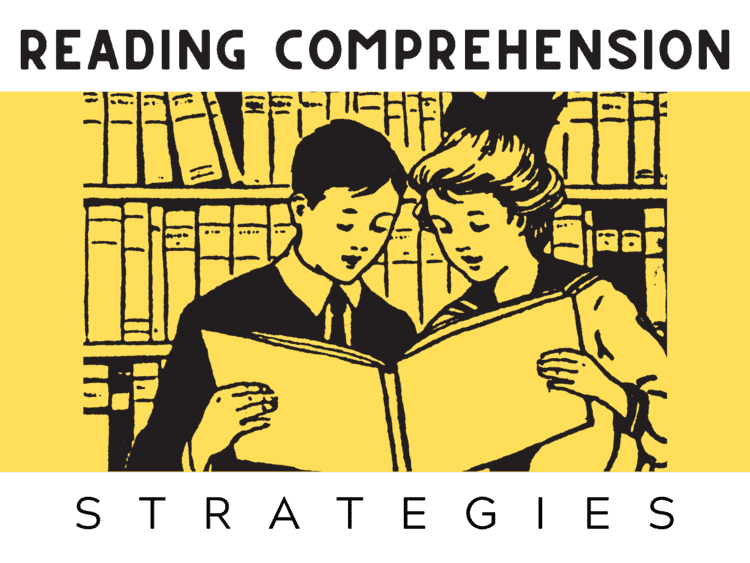
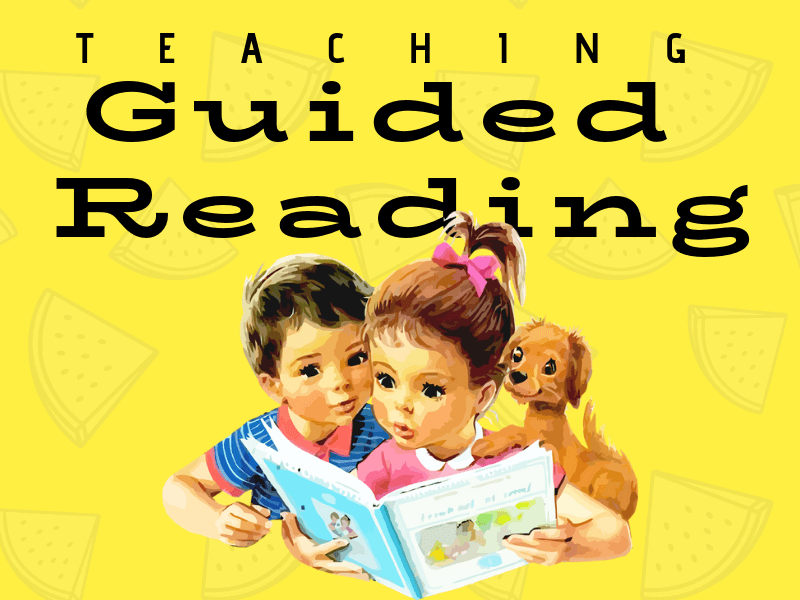
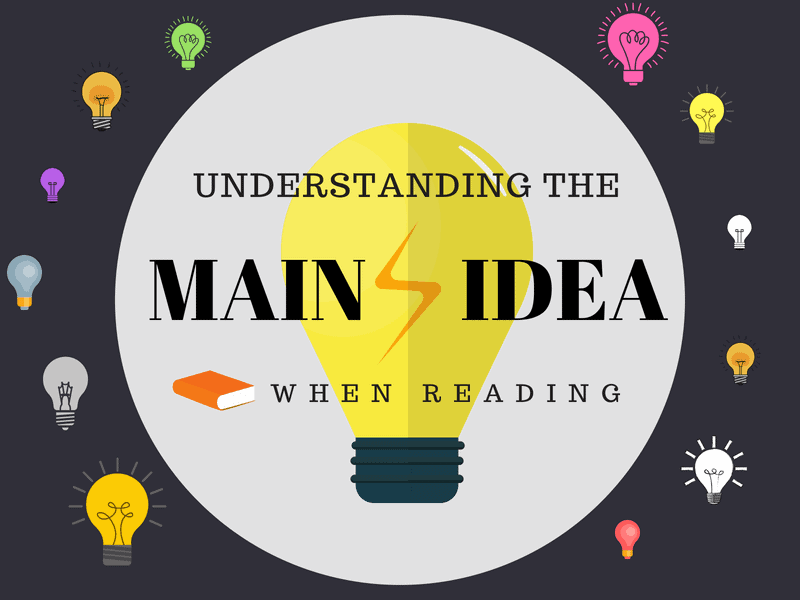
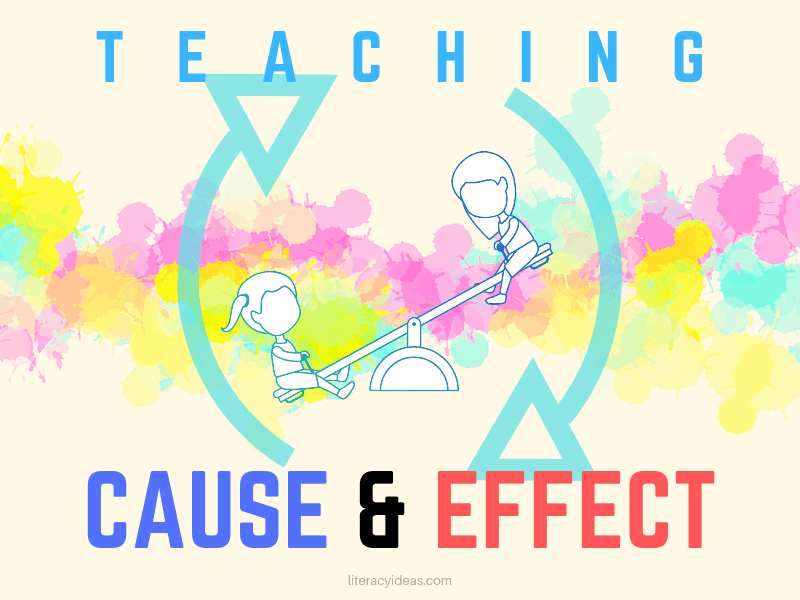

0 Response to "How Do You Describe Flow and Timing of Reading Lesson"
Post a Comment